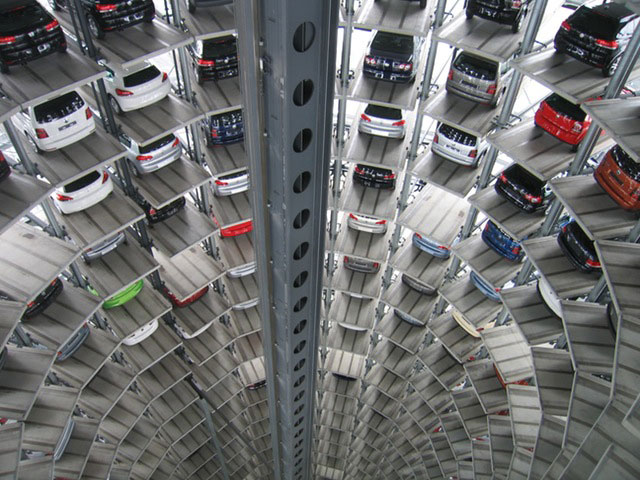
Echodyne – the Bellevue-based startup company backed by investors like Bill Gates, Lux Capital, Madrona Venture Group, The Kresge Foundation, and Vulcan Capital — has just announced that they have successfully tested their detect-and-avoid radar. Mounting their radar on a small commercial drone, they were able to show that their technology is capable of ensuring a safe flight for an Unmanned Aerial Vehicle (UAV) even if it is already outside the operator’s line of sight.
In a video published on YouTube a couple of days ago, Echodyne showed actual footage of their first air-to-air radar test using their patented Metamaterial Electronically Scanning Array (MESA) radar mounted on a small octocopter drone. Once in the air, the radar was able to detect 2 barbed wire fences, an important feat because it implies the radar can see power lines which are a major threat that drones will have to avoid.
The radar was also able to see trees and other structures. When the second drone (a simulation of what is supposedly a Cessna-sized object) was launched, the radar was immediately able to pick it out from the surrounding clutter and track its course successfully to avoid colliding with it, before eventually descending and landing back on the ground.
Echodyne says this was not the first successful test they’ve done. Prior to this, they also got similar results when they did air to air test tracking of a Beechcraft Bonanza and an ultralight aircraft.
Advancement in radar systems is nothing new. It’s the idea that with such a radar system, what many have been imagining about for so long may finally become a reality. We’re talking about autonomous flying vehicles, of course. And many companies have been experimenting with this concept for some time.
There’s Amazon (NASDAQ:AMZN) who has been dreaming about package delivering drones. There’s Uber who has been fantasizing about bringing their transport service to the air literally through flying Uber taxis. There’s Airbus, the aerospace giant from Europe whose secret project is no longer secret as everybody now knows that what they refer to as Vahana is a single-manned self-flying aircraft. And then there’s Google (NASDAQ:GOOGL). Specifically, one of its co-founders, Larry Page, has reportedly invested in a couple of start-ups — Zee.Aero in 2010 and Kitty Hawk last year – both of which are devoted to making flying cars a reality.
Right now, rules on commercial drones say that a drone should always remain within its operator’s line of sight – in other words, the operator should be able to see the drone the whole time it is flying, mainly due to safety reasons. The operator should be able to see where the drone is going to avoid any collision.
With the results of Echodyne’s tests proving that a radar, provided it is the right kind of radar, can be used to ensure a collision-free UAV flight, Echodyne is hoping that their technology will be allowed to develop into its full potential and not be hampered by restrictive rules.
Everyone else that can potentially benefit from this technology are probably rooting for Echodyne too. Because if everything plays out well, it might just be possible that you will receive your first ever drone-delivered package next year. And soon after, you might be seeing something like those flying cars in “Back to the Future” passing by your window.

Leave a Reply